The After School Alliance report entitled America After 3pm shows a sweeping 10-year study that indicates overall participation in afterschool programs (between 3 and 6pm) has increased by nearly 60%. As part of the Americans with Disabilities Act (ADA) and Section 504 of the Rehabilitation Act of 1973, students with special needs are entitled to reasonable accommodations to participate in Out of School Time (OST) programs.
With the new global challenge of possibly having students at home for an extended time frame, the need for a balanced blend of learning ideas outside the traditional classroom experience is rapidly emerging. Let’s look at a few suggestions for simple adaptations and applications of universal design.
Sports and physical activity are usually the foundation of any quality OST program and should continue to be incorporated in remote learning situations as feasible. The Sportime Inclusive PE Activity Pack has key components of sports equipment including a guidebook, bell balls for extra auditory input, spot markers for spatial boundary cues, juggling scarves for easy catching/throwing, and much more! This kit has been a staple for afterschool programs, and it can be easily implemented for home or individual use. The Inclusive PE Guidebook may also be helpful for creative ideas on modifying physical activity.
Creative arts projects can be easily adapted for inclusion and individual use. Choose activities that engage basic fine motor skills like scratch art or create pictures using precut adhesive Wonderfoam Shapes. Some standby adapted tools like the Abilitations Abiligrip to build up a pencil or paintbrush handle for easier grasp, the Slantscript Big Board to position and stabilize, and adapted scissors are helpful to have on hand for individual student needs.
Music is a universal language for any child! Matching individual skills and sensory preferences is key to success. Children with hearing impairments and/or severe intellectual disabilities may benefit from “feeling” sound, for example, through the TFH Vibroacoustic Relaxer. In early childhood classrooms, Rhythm band starter kits are perfect for little hands that need simple tools to hold.
When using STEM activities in an afterschool program or at home, add visual cues (words + pictures) for step-by-step project instructions. Some students may need even more basic visual cues like the First-Then Concept (First we measure, cut, draw, etc. Then we cut, glue, assemble, etc.).
Finally, to help with task transitions from class to after school to home consider using a visual timer. Many children with special needs are challenged by reading and understanding analog or digital time. The Sense-of-Timer set offers quiet, beautiful color options for showing elapsed time from 30 seconds to 5 minutes, while Time Timers use a clock format and color to illustrate time remaining.
Studies show that students with special needs who participate in afterschool activities have:
- Elevated self-esteem
- Enhanced positive behavior
- Improved social competence
- Greater aspirations
As the paradigm of traditional classroom learning shifts, balancing purposeful art, physical activity, STEM, and leisure time activities with modifications for special needs may be more critical than ever to ensure healthy social-emotional learning (SEL) and support.
Cecilia Cruse
Cecilia Cruse, MS, OTR/L has a BS degree in Occupational Therapy from the University of Florida, and her Master’s degree in Education from Georgia State University. She is SIPT certified and has over 25 years’ experience in pediatrics with school-based services, acute care, and outpatient pediatric settings.
Read more posts by Cecilia Cruse–>

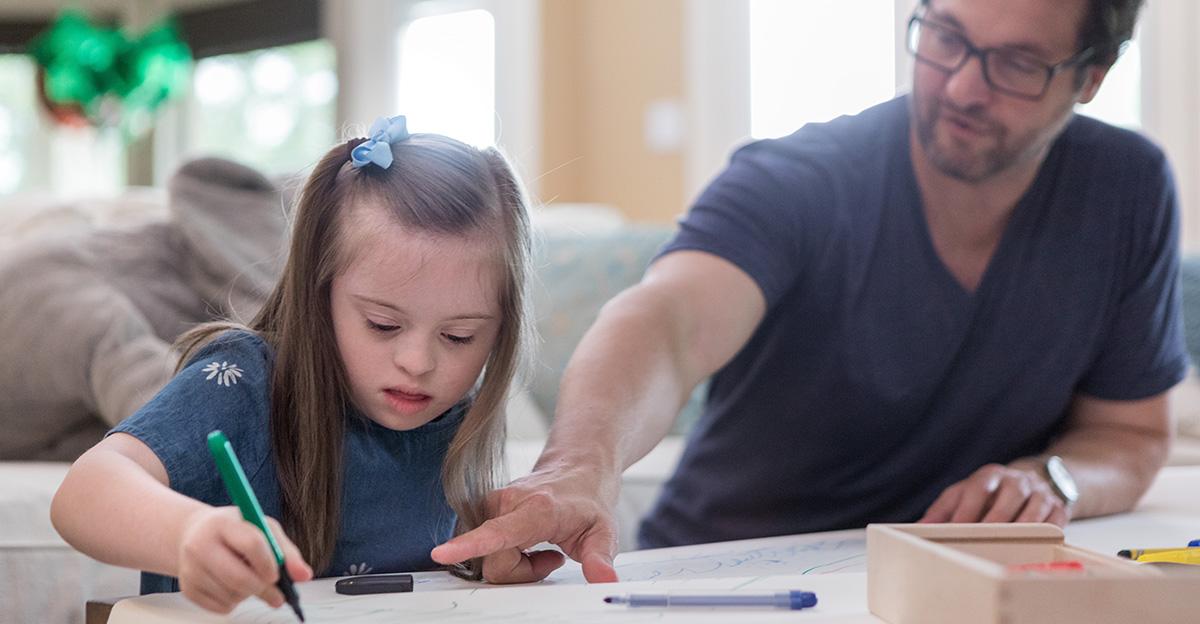
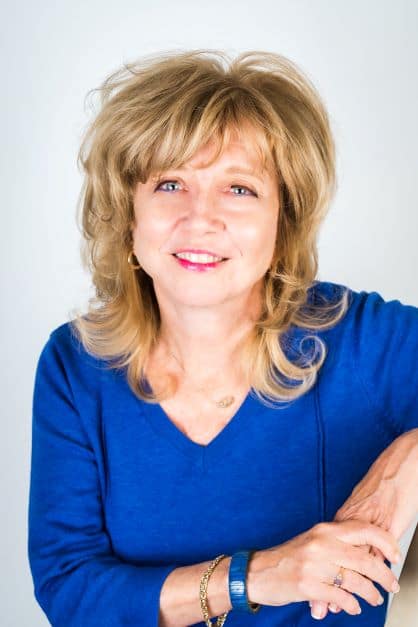
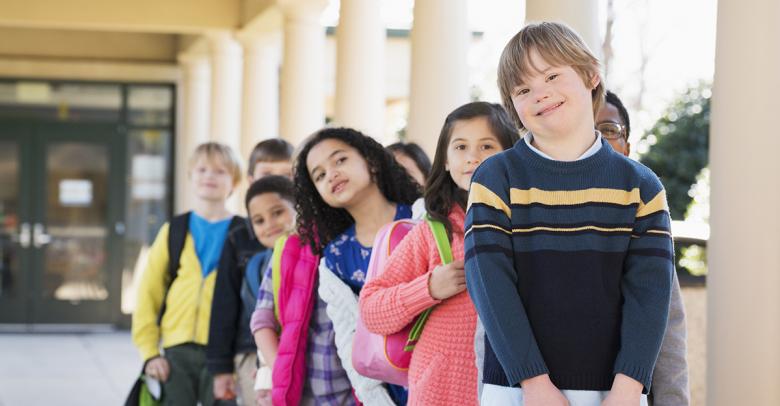
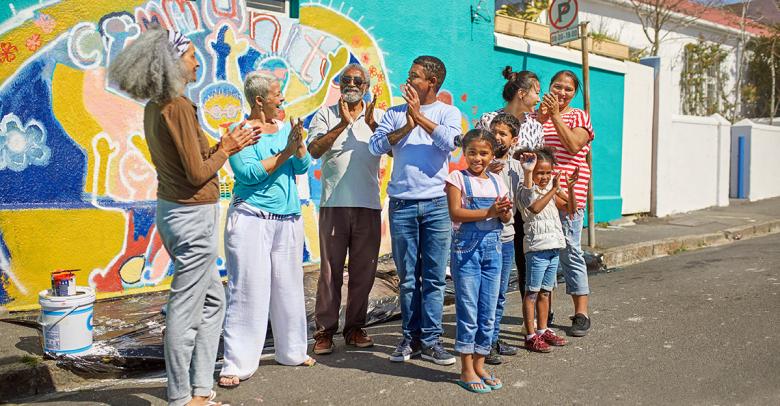
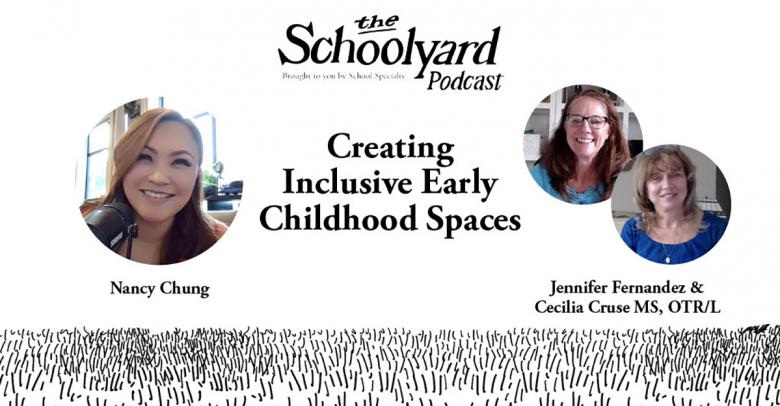
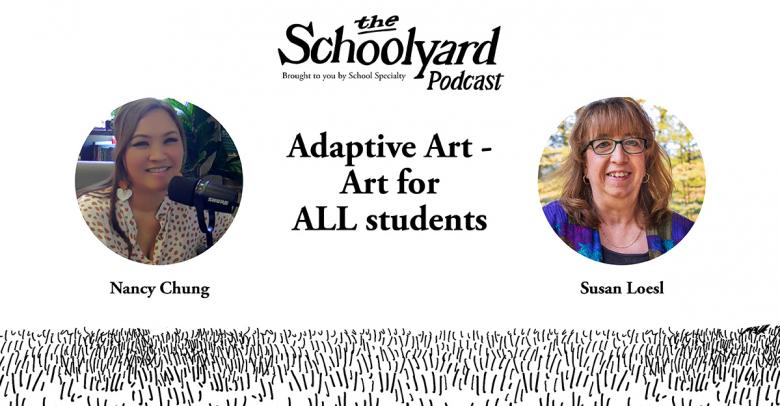
Leave a Reply